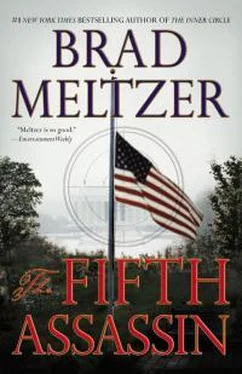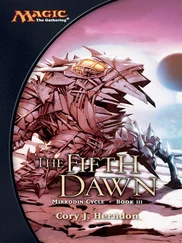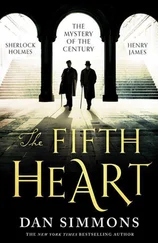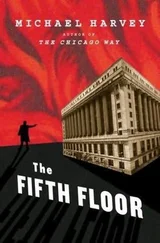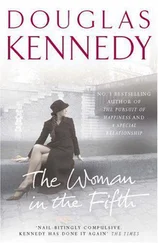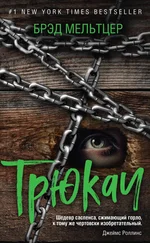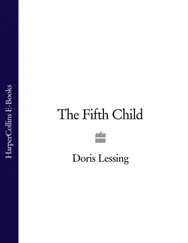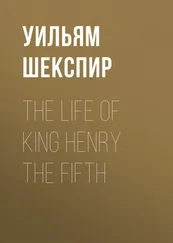That’s how it was written.
That’s how it had to end.
Diagonally across the street, a lanky black man in a puffy black-and-red winter coat approached the huge 1904 granite building with its limestone trim and wood-framed windows. At the front door, he pulled out a set of keys. Church custodian, right on time.
Twirling a sucking candy around his tongue, the Knight watched as the custodian disappeared through the right-hand door just like he did every morning. It’d take him at least ten minutes to enter the PIN code, shut off the alarm, and walk through the building, turning on the lights. Otherwise, Foundry Church was now open.
Walking calmly across the street, the Knight couldn’t help but appreciate his current location. By definition, a foundry is a factory for casting metal, which is exactly what Henry Foxall was doing when he built cannons and guns for the U.S. government in the early 1800s. But it wasn’t until the War of 1812 that Foxall had his moment with God. As the British were burning the White House, the rumor was that their next target was Foxall’s munitions factory. So Foxall made a vow that day: If God would spare his operations, Foxall would build something in God’s honor.
That night, a violent thunderstorm appeared from nowhere, stopping the British from advancing any farther. Two years later, Foundry Church was born.
Over the years, it became the place where FDR took Winston Churchill for Christmas services in 1941, and later it was the Methodist home for Bill Clinton when he was President. But to this day, its greatest role was as the true church of Abraham Lincoln.
Since St. John’s was right across the street from the White House, Lincoln used to duck into it for quick prayers. But it was the Foundry, straight up 16th Street, one mile from the White House, where Lincoln became an official church director.
The Knight liked that. God’s message couldn’t be clearer.
Climbing the concrete steps outside, the Knight reached for the front door, but as he gave it a tug, a burning bolt of pain seized his right shoulder. His newest tattoo was still sensitive, and unlike the small spade and the JWB initials, for John Wilkes Booth, that was on the web of his hand, the marking on his shoulder—the one worn by the second Knight, the assassin Charles Guiteau—was far more complex: the shield, plus the fabled bird… and of course the red diamond. It took hours, and over thirty needles, to reproduce the mark.
But again, that’s how it was written. That’s how it had to end.
Inside the church, he climbed another short set of steps and made a quick left, scanning the empty desks and cubicles in the narrow church office that sat behind a long wall of glass. The custodian was still on the far right side of the building, opening the chapel.
The Knight knew this place even better than St. John’s. And this time, he wouldn’t be limited to a one-shot revolver. In his right pocket, he felt the British Bulldog pistol. It had a white ivory inlaid grip and five bullets in its chamber.
Back in 1881, on the day Guiteau bought his gun, the owner of the shop told him that he could save money if he bought the same pistol without the white ivory handle. Guiteau wouldn’t hear of it. He knew that when the act was done, this was a gun that would be on display. The elegant inlaid grip was the only choice.
From there, Guiteau left nothing to chance, spending nearly a month trailing President Garfield and learning his schedule. He even followed Garfield to church, peering through the window to see if he could shoot him in his pew.
Today, the Knight was no different. In less than an hour, history would be made. He’d put in the time. And bought the antique gun. And paid for the specially made inlaid handle. Most important, he’d mastered every detail of Foundry Church, from the building’s layout to every employee in it.
On his left, as he reached the end of the hallway, the Knight peered into the office suite, eyeing his eventual destination—the private office of the new pastor, who everyone knew came in at exactly 9 a.m.
On his right, he shoved open the door to the men’s room and made his way to the back stall, which had a sign reading Out of Order on it. He had put the sign there two days ago. Lifting the tank cover off the toilet, he pulled out the plastic bag that held a white plaster mask—a duplicate of the death mask made from Abraham Lincoln’s face, but with eyeholes cut into it—that he’d hidden during the dry run.
A glance at his watch told him he was right on time. In sync with his predecessor. In sync with God’s plans.
At 9:25, the next lamb—perhaps the most vital lamb—would take his fall.
Until then, the Knight would do exactly what the assassin Guiteau did when he was in the train station waiting to put a bullet in President Garfield.
Kneeling down on one knee, the Knight reached into his pocket and pulled out a small round tin and a horsehair brush that was about the size of a chalkboard eraser. With a twist of the metal tin, the bitter chemical smell of shoe polish filled the air. Dipping the brush into the tin, he dabbed a swirl of black shoe polish onto his loafers. Small circles… then brush , he reminded himself. Small circles… then brush.
It was no different with the Knights.
Small circles were the strongest circles.
12
St. Elizabeths Hospital
Washington, D.C.
Nico didn’t like the new building.
“Nico, you’re gonna love the new building,” the heavy male nurse named Rupert Baird called out. “It’s beautiful, right?”
Walking through the gravel parking lot, Nico didn’t answer. He preferred the old building—the redbrick John Howard Pavilion—which for decades had housed the most dangerous of the NGIs. Not Guilty by reason of Insanity.
Today, the John Howard Pavilion was being closed, and all of its patients were being moved to the brand-new facility that had been built directly next door.
“Wait till you see inside,” Rupert said. “New rooms… new TVs… a relaxation garden… You’re gonna think you’re at a damn hotel.”
Nico glanced up at the modern building. It was squat in shape and had only three floors, and from the flat shine on the windows, Nico could tell they were high-impact glass, maybe even bulletproof.
“ I don’t like it either ,” added the dead First Lady, whom he killed a decade ago.
Nico nodded at her, but didn’t reply. He knew what the nurses thought about him talking to his old victims.
“All your stuff, it’s being transferred as we speak,” Rupert added, leading him around the side of the building, near the loading dock that said, New Patient Intake—Ambulance Parking Only .
Nico knew why Rupert was being so nice. Just like he knew why they were entering through the loading dock instead of the main lobby. With all the VIPs and reporters who were watching during the grand opening, the last thing the hospital needed was to have their most famous patient—the man who, a decade ago, tried to kill the President—making a scene during his transfer.
“It smells different than the old building,” Nico said as they climbed the concrete steps that ran up to the loading dock.
“That’s kinda the point,” Rupert said, approaching a high-tech keypad and swiping his ID. There was a loud ca-chunk as the double doors popped open, swinging toward them and revealing a brand-new U-shaped desk at the front of the still-empty Intake Office. The desk and the surrounding chairs were still covered in plastic. As they reached the hospital’s main hallway, there wasn’t a staffer in sight.
“ You should ask to see your room ,” the dead First Lady said.
Читать дальше
